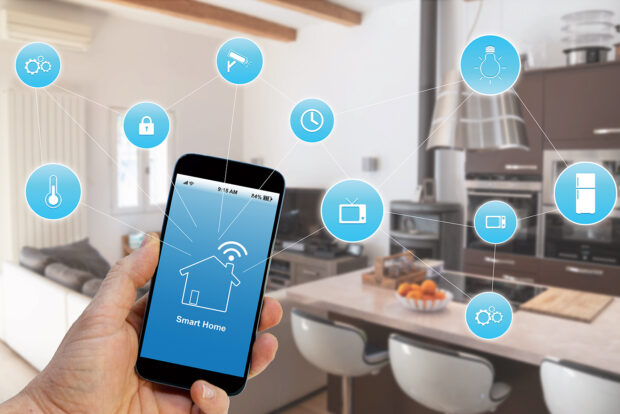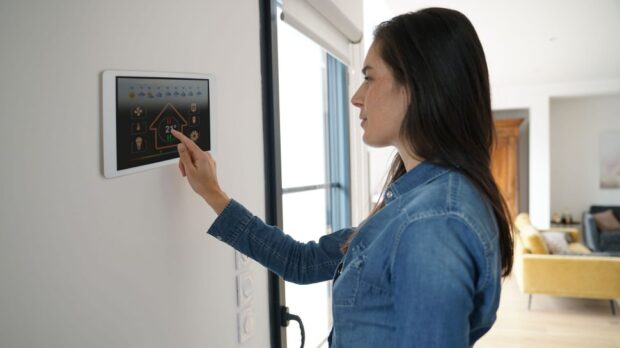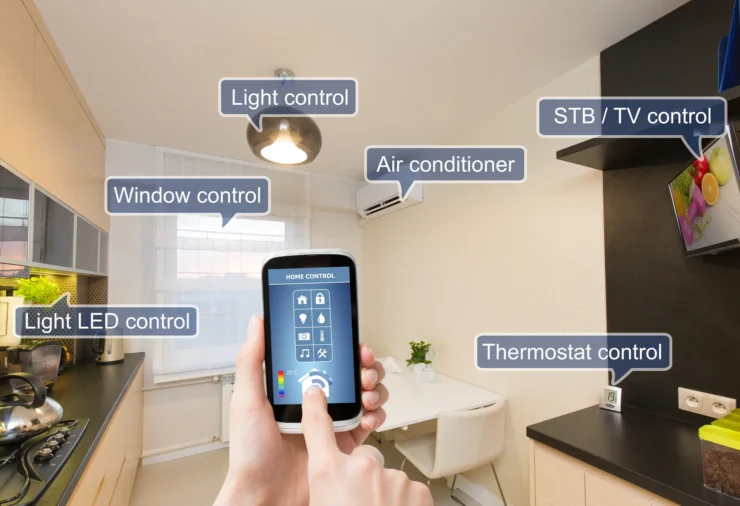It is apparent that American consumers don’t struggle to justify buying smart devices. The number one smart device in the world, the smart phone, is seen in just about every hand in the country. But there are other smart devices that do not seem to be as prolific. Knowing that prompts a question: if you own smart devices, how often do you use them?
The question is prompted partly by data I recently read from a Vivint survey. I was also partly motivated by my own experience with exercise equipment. I know what it’s like to pump a ton of money into something and then barely use it within weeks or months of making the purchase.
Daily Use Isn’t the Norm

Vivint surveyed current homeowners and prospective buyers to gauge their thoughts on devices like smart thermostats and smart speakers. They discovered that 55% of the respondents actually own smart homes. But strangely enough, only 35% of that group reported using smart features on a daily basis.
Do the math and you discover that just 18 out of every 100 homeowners utilize smart features in their homes every day. That is not very impressive. It is even more surprising when you consider that 55 out of 100 live in homes where smart features are found. So why the disconnect?
It could be that some of the homeowners purchased homes with smart features already built in. They didn’t purposely go looking for them, and they don’t really find the need to use them so often. Another possibility is that homeowners do not use their smart features because they don’t know how.
Not As Easy As It Looks

Smart home components are known for saying that anyone who can use a smart phone can also use a home automation system. That may or may not be true. But for a certain segment of the population, taking advantage of smart home devices is not as easy as it looks.
A lot of people still alive today did not grow up with smartphones. The phones were an afterthought, introduced at a time when adults were used to landline phones – be they corded or cordless.
Many of the same adults struggled with the idea of programming a thermostat or VCR. Trying to make things easier by adding digital screens did not actually make smart devices any easier to use.
The Whole Network Thing
Of course, we cannot forget the whole network thing. Before a smart device can be effectively utilized, it needs to be connected to a homeowner’s wi-fi network. How many people don’t know how to set up a wi-fi network? How many can log on with their phones or computers but are left helpless when the network needs troubleshooting?
Knowing how to log on is one thing. Knowing how to add new devices to a network is an entirely different matter. And let us not ignore the fact that wi-fi is no longer the only game in town. There are other wireless protocols now being leveraged in the home automation space. They include Bluetooth, Z-wave, and others.
Making the whole thing as difficult as it can possibly be is the lack of standards that currently exist within home automation. A lack of standardization forces homeowners to either stick with one brand exclusively or try their luck at building piecemeal systems. Neither course of action is truly appealing to most homeowners.
Matter Is Here to Save the Day
A new standardization protocol known as Matter will ostensibly save the day if enough manufacturers get on board with it. According to Matter proponents, smart home devices capable of utilizing the Matter protocol will be universally compatible amongst one another regardless of manufacturer, brand, etc.
Matter could be just a pipe dream in search of an audience willing to fantasize about it. Then again, it really could solve the standardization problem now so prevalent in home automation. If the latter proves to be true, that 35% of smart homeowners who use their smart features daily could grow significantly.
Not Worth the Time and Effort

There is yet another reason homeowners might not use their smart features daily: the features are not worth the time and effort required. This takes us back to the previously mentioned idea of exercise equipment. I will raise my hand on this one. I’m guilty.
Some 20 years ago my wife and I decided it was time to get in shape. We bought an elliptical machine and put it in our basement. We used that machine religiously for the first few months. Then we began to slip. With each passing day it was easier to come up with a reason why we didn’t have time to exercise. Within a year, the machine was doing more dust collecting than anything else.
Fast forward to the COVID pandemic. Not being able to get out of the house left us with few options for exercise. So what did we do? We spent a ton of money on an elliptical rider. It got daily use throughout the pandemic. That much was good. As for now, it is a dust collector. I haven’t been on in so long I can’t remember my last ride.
Could it be that the smart thermostat isn’t worth the time and effort to figure out how to program it? Could it be that smart speaker owners have given up trying to figure out why the devices do not recognize their commands? Smart technology needs to be user-friendly, or people will not use it. It is something to think about.
They Will Eventually Be the Norm
Though smart homes are becoming more popular with each passing day, they still aren’t the norm. There are more conventional homes than smart homes. But in time, that will change. Smart homes will be the norm at some point in the future. So now is as good a time as any to start learning about smart devices and how to use them. How often do you use yours?




























